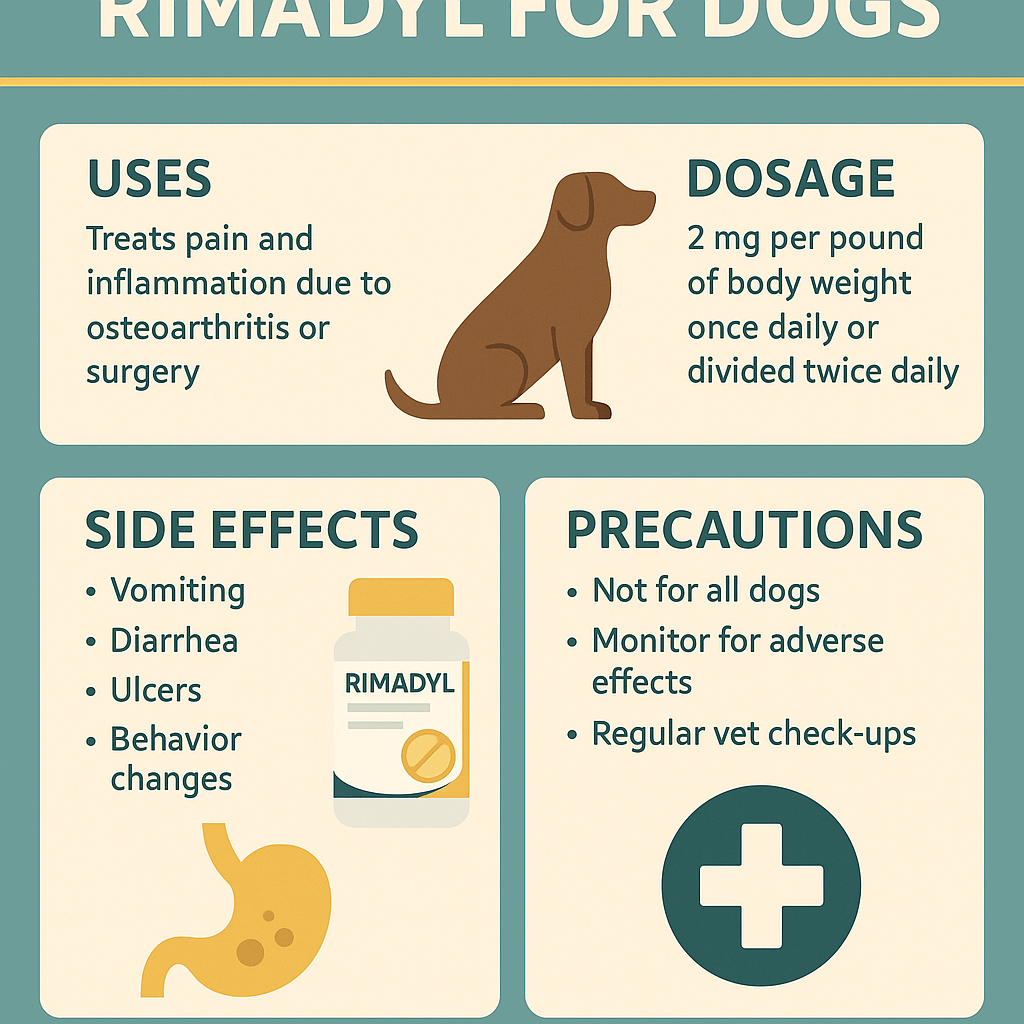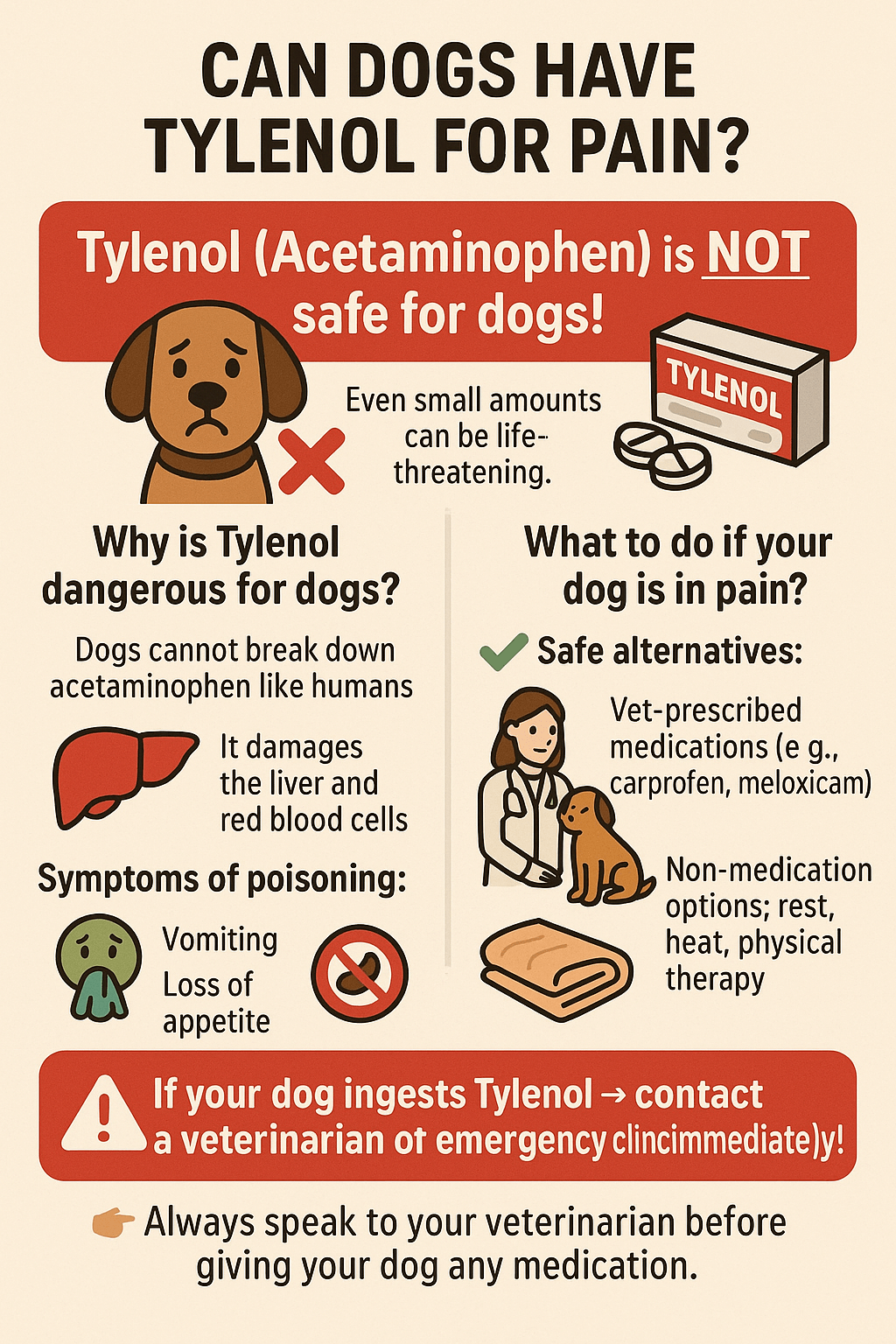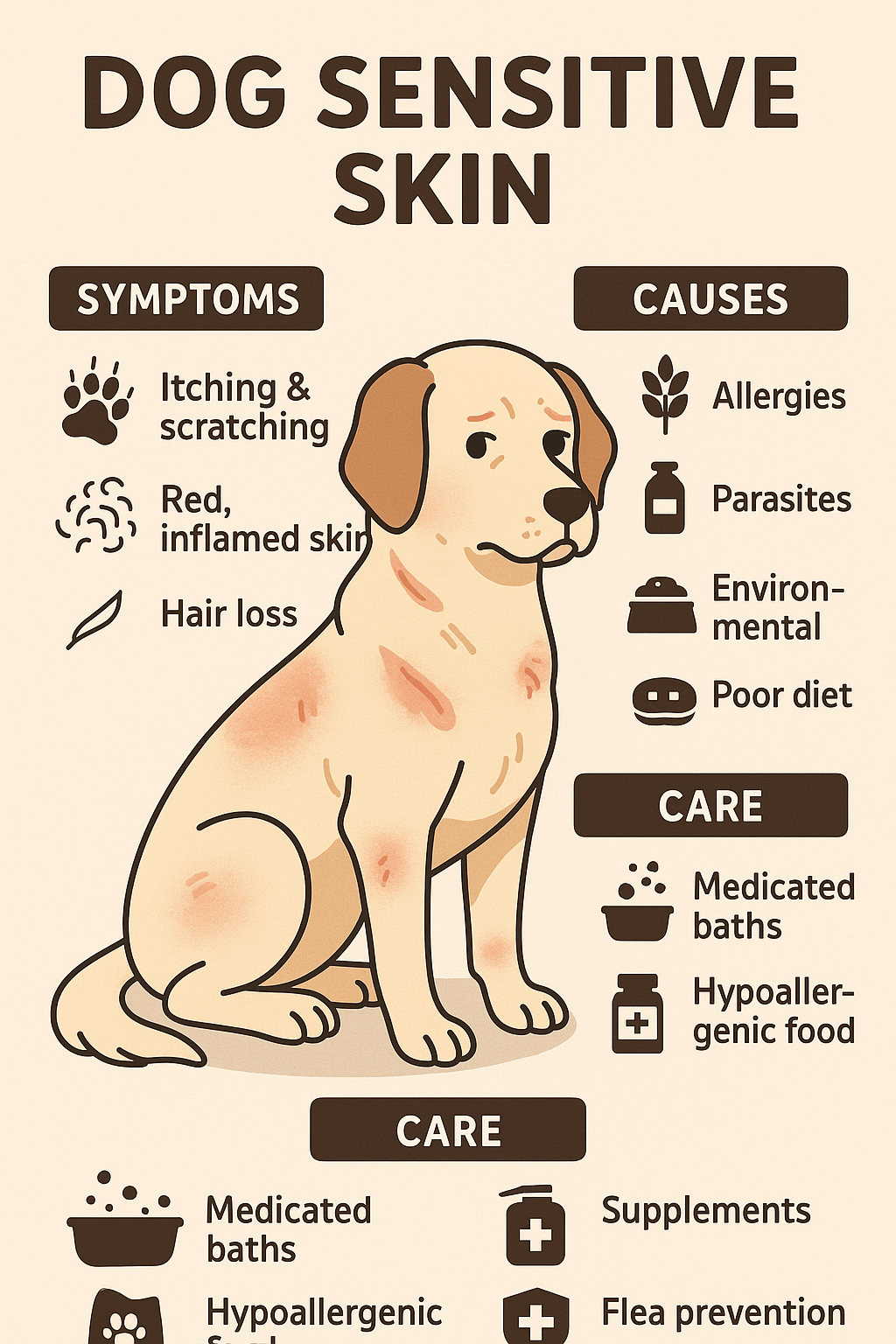Understanding Swollen and Red Eyes in Dogs: A Guide for Concerned Pet Owners
As a devoted dog owner, there’s nothing more alarming than noticing something unusual about your furry companion. One of the most distressing sights is seeing your dog’s eye swollen and red. Whether it’s due to an injury, infection, or an underlying health issue, this condition can be both painful for your pet and worrisome for you. In this blog post, we’ll explore the possible causes of this symptom, how to identify them, and what steps you can take to ensure your dog gets the care they need. By the end of this article, you’ll feel more informed and empowered to act swiftly if your dog ever experiences this issue.
Common Causes of Swollen and Red Eyes in Dogs
A swollen and red eye in dogs can stem from a variety of causes, ranging from minor irritations to serious medical conditions. Understanding these potential triggers is the first step toward addressing the issue effectively. Below are some common reasons why your dog’s eye might appear swollen and red:
Allergies : Dogs, like humans, can suffer from environmental or food allergies that manifest as redness and swelling in the eyes.
Infections : Bacterial or viral infections can lead to inflammation and discomfort in your dog’s eyes.
Foreign Objects : Dust, dirt, or small particles lodged in the eye can cause irritation and swelling.
Trauma or Injury : A scratch, bump, or other physical harm to the eye can result in redness and puffiness.
Conjunctivitis (Pink Eye) : This common condition causes inflammation of the conjunctiva, leading to redness and swelling.
Identifying the root cause of your dog’s symptoms is crucial for determining the appropriate treatment. If you’re unsure what’s causing the issue, consulting a veterinarian is always the safest option.
Signs That Your Dog Needs Immediate Veterinary Attention
While some cases of swollen and red eyes can be managed at home, others require prompt veterinary intervention. Recognizing the warning signs early can make a significant difference in your dog’s recovery. Here are some symptoms that indicate your dog needs professional care:
Excessive Discharge : Yellow, green, or bloody discharge from the eye may signal an infection or injury.
Pawing at the Eye : Frequent pawing or rubbing of the affected eye suggests significant discomfort.
Cloudiness or Change in Eye Color : This could indicate a corneal ulcer or other serious condition.
Squinting or Keeping the Eye Closed : Persistent squinting may mean your dog is experiencing pain or sensitivity to light.
Behavioral Changes : Lethargy, loss of appetite, or unusual aggression can accompany severe eye issues.
If you notice any of these signs, don’t delay in seeking veterinary help. Early intervention can prevent complications and ensure your dog’s swift recovery.
Check this guide 👉Why Does My Dog Have One Red Eye? Best 7 Health Tips!
Check this guide 👉Understanding Dog Eye Bleeding: Best 7 Health Tips!
Check this guide 👉Understanding Dog Eye Allergies: Best 7 Health Tips!

Causes | Symptoms to Watch For |
|---|---|
Allergies | Excessive tearing and itching |
Infections | Yellow or green discharge |
Foreign objects | Pawing at the eye |
Trauma or injury | Bloodshot appearance |
Conjunctivitis (Pink Eye) | Swelling and redness around the eye |
At-Home Care Tips for Mild Cases of Swollen and Red Eyes
If your dog’s symptoms appear mild and you’re confident there’s no serious underlying issue, you can try some at-home remedies to alleviate their discomfort. However, always monitor your dog closely and consult a vet if the condition worsens. Here are some steps you can take:
Clean the Eye Gently : Use a damp, lint-free cloth to wipe away any discharge or debris.
Apply a Warm Compress : Soak a clean cloth in warm water and hold it against the eye for a few minutes to reduce swelling.
Avoid Irritants : Keep your dog away from smoke, strong perfumes, or other potential allergens.
Use Saline Solution : A veterinarian-approved saline solution can help flush out irritants.
Monitor Closely : Keep an eye on your dog’s condition and look for signs of improvement or worsening.
Remember, at-home care is only suitable for mild cases. If your dog’s symptoms persist or worsen, seek professional advice promptly.
Preventing Swollen and Red Eyes in Dogs
Prevention is always better than cure when it comes to your dog’s health. By taking proactive measures, you can minimize the risk of your dog developing swollen and red eyes. Here are some preventive tips to keep in mind:
Regular Check-Ups : Schedule routine visits to the vet to catch potential issues early.
Protective Eyewear : Consider using dog goggles during outdoor activities to shield their eyes from debris.
Maintain Hygiene : Keep your dog’s face clean and free from dirt or allergens.
Supervise Playtime : Ensure your dog doesn’t engage in rough play that could lead to eye injuries.
Healthy Diet : Provide a balanced diet rich in nutrients to support overall eye health.
By incorporating these habits into your routine, you can significantly reduce the likelihood of your dog experiencing eye-related problems.
What Not to Do When Your Dog’s Eye is Swollen and Red
While it’s tempting to try anything to relieve your dog’s discomfort, some home remedies can do more harm than good. Knowing what to avoid is just as important as knowing what to do. Here are a few things you should steer clear of when treating your dog’s swollen and red eye:
Using Human Medications : Products like Visine or other over-the-counter eye drops for humans can irritate your dog’s eyes further.
Applying Essential Oils : Essential oils are not safe for dogs and can cause additional irritation or toxicity.
Forcing the Eye Open : If your dog is keeping their eye closed, forcing it open can worsen an injury or cause pain.
Ignoring the Problem : Hoping the issue will resolve on its own can lead to complications if the underlying cause is serious.
Using Unsanitary Tools : Cleaning your dog’s eye with dirty cloths or unsterilized items can introduce bacteria and worsen the condition.
Avoiding these common mistakes can prevent further damage and ensure your dog’s condition doesn’t escalate unnecessarily.
Dog Breeds More Susceptible to Swollen and Red Eyes
Certain dog breeds are genetically predisposed to eye problems due to their physical characteristics or genetic makeup. If you own one of these breeds, it’s important to be extra vigilant about their eye health. Here are some breeds that are more prone to eye issues:
Bulldogs : Their flat faces and shallow eye sockets make them vulnerable to injuries and infections.
Pugs : The prominent eyes of pugs are susceptible to scratches and dryness.
Shih Tzus : This breed often suffers from eyelash abnormalities that can irritate the eyes.
Cocker Spaniels : They are prone to conditions like glaucoma and conjunctivitis.
Basset Hounds : Their droopy eyes can trap debris, leading to infections.
If you own one of these breeds, regular eye check-ups and preventive care are essential to maintaining their ocular health.
Potential Consequences of Ignoring Swollen and Red Eyes in Dogs
Leaving a swollen and red eye untreated can lead to serious long-term complications for your dog. Understanding these potential outcomes underscores the importance of addressing the issue promptly. Here are some possible consequences of neglecting your dog’s eye condition:
Vision Loss : Untreated infections or injuries can damage the cornea, leading to partial or complete blindness.
Chronic Pain : Persistent swelling and inflammation can cause ongoing discomfort for your dog.
Spread of Infection : An untreated eye infection can spread to other parts of the body, causing systemic illness.
Scarring : Severe cases may result in permanent scarring, affecting both appearance and function.
Behavioral Changes : Chronic pain or vision problems can lead to anxiety, aggression, or withdrawal in your dog.
Taking swift action when you notice symptoms can prevent these serious outcomes and ensure your dog maintains a high quality of life.
Frequently Asked Questions About Swollen and Red Eyes in Dogs
Can allergies cause my dog’s eye to become swollen and red?
Yes, allergies to pollen, dust, or certain foods can lead to redness and swelling in your dog’s eyes.
How do I know if my dog has an eye infection?
Look for symptoms like excessive discharge, cloudiness, or persistent squinting, and consult a vet for confirmation.
Is it safe to use human eye drops on my dog?
No, human eye drops can be harmful to dogs. Always use products specifically formulated for pets.
Can trauma cause swollen eyes in dogs?
Yes, injuries like scratches or bumps can lead to swelling and redness.
When should I take my dog to the vet for swollen eyes?
Seek veterinary care if the swelling persists, your dog seems in pain, or you notice additional symptoms like discharge or behavioral changes.
Conclusion: Prioritizing Your Dog’s Eye Health
A swollen and red eye in your dog is not something to ignore. Whether it’s caused by allergies, infections, or trauma, addressing the issue promptly is essential for your pet’s comfort and well-being. By staying informed about the potential causes, recognizing warning signs, and knowing when to seek professional help, you can ensure your dog receives the care they need. Remember, your dog relies on you to be their advocate—so trust your instincts and act quickly if something seems off. With proper attention and care, your furry friend will be back to their happy, healthy self in no time.
Rimadyl for Dogs: Best 7 Expert Tips! Discover expert advice on using Rimadyl safely, managing pain, and improving your dog’s mobility with trusted veterinary insights.
Can Dogs Have Tylenol for Pain? Best 7 Expert Tips! Discover the risks, safe alternatives, and expert advice on managing your dog’s pain effectively while avoiding harmful medications.
Understanding Hemophilia in Dogs: Best 7 Expert Tips! Discover expert advice on managing hemophilia, recognizing symptoms, and ensuring your dog’s well-being with practical care strategies.
Understanding Dog Sensitive Skin: Best 7 Expert Tips! Discover expert advice on managing dog sensitive skin, relieving irritation, and improving your pup’s comfort with practical solutions.





